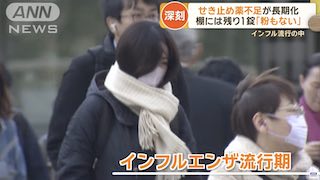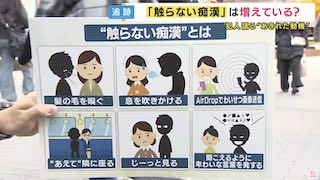Nov 27 (NHK) - A strong earthquake hit Ishikawa Prefecture, central Japan, at around 10: 47 p.m. on Tuesday. The quake registered an intensity of lower 5 on the Japanese seismic scale of 0 to 7. No tsunami was observed. There are no reports of damage caused by the earthquake.
Seismic intensity of lower 5 was observed in Wajima City and Shika Town in Ishikawa Prefecture. Seismic intensity of lower 5 or higher is estimated to have shaken Hakui City.
A seismic intensity of 4 was observed in several cities and towns of Ishikawa Prefecture. Seismic intensity of 4 was also observed in Fukui and Toyama prefectures.
Tremors with an intensity ranging from 3 to 1 were observed over wide areas of Tohoku, Kanto Koshinetsu, Tokai, Hokuriku, Kinki, Chugoku and Shikoku.
The Meteorological Agency says that the quake's epicenter is off the western coast of Ishikawa Prefecture. The depth of the epicenter is 7 kilometers, and the magnitude, which indicates the scale of the earthquake, is estimated to be 6.6.
According to the Nuclear Regulatory Agency, Hokuriku Electric Power Company's Shika Nuclear Power Plant in Shika Town, Ishikawa Prefecture, no abnormalities due to the earthquake have been confirmed as of 11:15 P.M. Both the No.1 and No.2 reactors had been taken offline in 2011.
The agency also said that there has been no change in figures at monitoring posts that measure radiation levels around the nuclear power plant.
This is the first time since June 3 this year that an earthquake with an intensity of a lower 5 on the Japanese seismic scale has been observed in Ishikawa Prefecture. The June 3 quake centered in the Noto region in Ishikawa Prefecture registered a magnitude of 6.0. That quake registered an intensity of upper 5 in Wajima City and Suzu City, and a seismic intensity of lower 5 in Noto Town.
Satake Kenji, a professor emeritus at the University of Tokyo's Earthquake Research Institute said that the earthquake this time can be considered an aftershock of the Noto Peninsula earthquake in January.
But he added that the epicenter is different from the one at the western end of the fault that moved in January, and that there is a different undersea fault in this place, and that the activity may have started there.
The expert says that aftershocks may continue for about a week, and that people need to be on the alert for quakes that are same level as this one.
He also pointed out that this earthquake's epicenter is different from that of the Noto Peninsula Earthquake, and that the pattern of shaking will change, with a possibility that the shaking will become stronger in places such as Hakui City and Shika Town.
Satake went on to say that nearly one year has passed since the Noto Peninsula earthquake, and seismic activity has largely calmed down but it could resume near the epicenter of the earthquake. He added he wants people to be on the alert for mudslides as it is raining.















